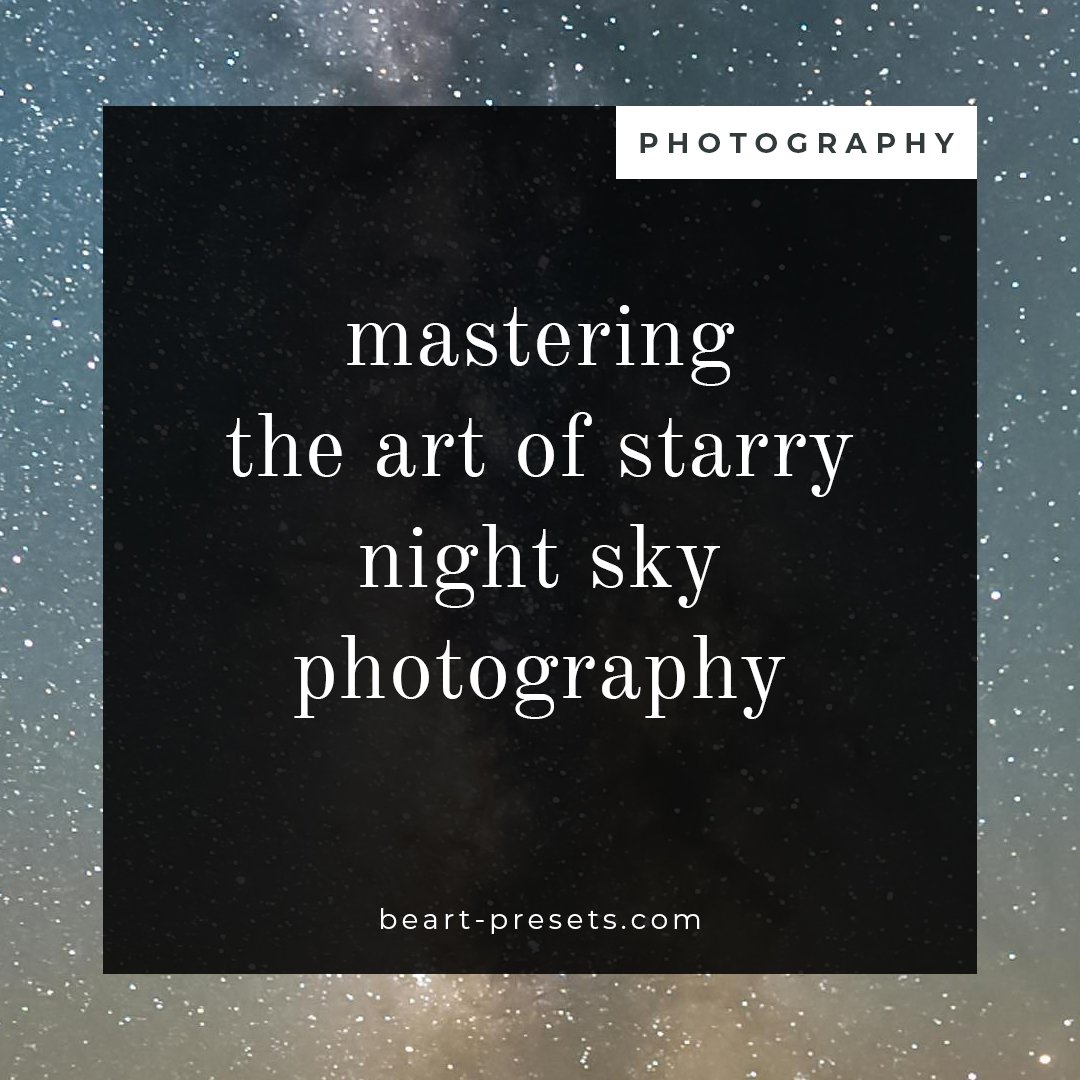Is Lightroom Good For Organizing Videos?
In the digital age, where the creation and consumption of videos are at an all-time high, managing vast video libraries efficiently has become a challenge for many content creators, photographers, and enthusiasts.
Adobe Lightroom, primarily known as a powerful tool for organizing and editing photos, has extended its capabilities to handle videos. However, its suitability for handling videos has often been debated. Today, we'll explain whether Lightroom is an effective tool for organizing videos.
Understanding Lightroom's Video Management Capabilities
Lightroom, a software synonymous with photo management, has evolved to incorporate video management features, making it a versatile solution for multimedia enthusiasts.
1. Basic Editing Tools
While Lightroom's video editing capabilities are less extensive than dedicated video editing software like Adobe Premiere Pro or Final Cut Pro, it provides a foundation for enhancing videos. Also, you can trim, cut, and apply basic adjustments to videos, improving animation quality to captivate your audience. Enhancing animation quality is essential in capturing and maintaining the viewer's attention, making this feature a valuable addition to Lightroom's repertoire.
2. Unified Library Management
Lightroom Classic provides a unified platform for managing photos and videos, allowing users to import, organize, and sort multimedia assets within a single interface. This integration simplifies the workflow, especially for individuals with both visual formats.
3. Metadata and Keyword Tagging
Metadata and keyword tagging, integral for efficient organization, are not limited to photos in Lightroom. Users can apply these organizational tools to videos, enabling precise categorization and search functionalities. This ensures your video library remains structured and accessible, saving valuable time during the creative process.
4. Collections and Smart Collections
Lightroom Classic allows the creation of collections and smart collections, including photos and videos. Collections enable users to group related multimedia content, facilitating easy navigation and organization. Smart collections, on the other hand, automatically gather videos based on user-defined criteria, ensuring that your library remains dynamically organized.
5. Rating and Flagging
Lightroom's rating and flagging system, initially designed for photos, extends seamlessly to videos. Users can mark videos with star ratings or flags, aiding in identifying high-quality or priority content. Expert videographers and content developers who have amassed big video libraries would appreciate this function much.
Evaluating the Practicality of Lightroom for Video Management
The effectiveness of Lightroom as a video management tool ultimately depends on the user's specific needs and preferences. Lightroom's seamless integration of photos and videos provides a unified organizational approach for individuals heavily invested in photography.
However, dedicated video editing software might still be necessary for professionals requiring advanced video editing features.
Lightroom's video management capabilities significantly enhance workflow efficiency. The ability to handle videos alongside photos allows for a holistic approach to multimedia asset management. For example, photographers and videographers often work together, capturing both photos and videos during shoots.
Lightroom's capability to manage these diverse formats in one place eliminates the hassle of using multiple software applications, promoting a more streamlined creative process.
Overcoming Limitations with Lightroom's Video Management
While Lightroom offers commendable video management features, it's essential to acknowledge its limitations. The software's video editing capabilities are basic compared to specialized video editing software like Adobe Premiere Pro or Final Cut Pro.
Therefore, for intricate video editing tasks such as advanced transitions, special effects, or color grading, users might need to transfer their videos to dedicated video editing platforms.
Additionally, the performance of Lightroom, especially when handling large video files, can be a concern. High-resolution videos consume substantial system resources, potentially causing slowdowns or software responsiveness delays.
Users with extensive video libraries might experience performance issues, prompting the need for regular hardware upgrades to maintain a smooth workflow.
In A Nutshell
Lightroom, especially Lightroom Classic, offers valuable tools for organizing and managing videos alongside photos. Its seamless integration of multimedia assets, robust metadata and keyword tagging, and basic video editing capabilities make it a viable option for individuals juggling both visual formats. The software's ability to enhance workflow efficiency supports its practicality as a video management tool.
However, users must evaluate their requirements before choosing Lightroom for video management. Lightroom is an excellent choice if your work primarily involves photography with occasional video editing needs and you prefer an integrated approach to multimedia asset management. On the other hand, investing in dedicated video editing software remains essential if your focus is predominantly on video production with complex editing requirements.
Get Free Presets for Lightroom created by top photographers to update your presets collection, save down on editing time, and open up new artistic horizons.

















